What is the Internet of Things (IoT)?
The Internet of Things (IoT) is not a device, not just a technology. Instead, this is a conceptual framework driven by the idea of ​​embedded connections and intelligence across multiple devices.
We can define an Internet of Things (IoT) device as having some form of embedded connection (wired or wireless) that allows it to connect directly to the Internet or to another IP address device. These devices can include a range of sensors, as well as some type of user interface.
The Internet of Things (IoT) is based on the ability to collect large amounts of data in near real-time from a wide range of smart connected devices. You can then access this data, either directly or through the cloud, and create unique value propositions by applying sophisticated analytics and big data technologies. In this way, the Internet of Things can and will be used to create more complex information systems than the sum of the individual components. The four basic pillars of the Internet of Things (IoT) We have identified four basic, interrelated pillars of the Internet of Things (IoT) that are at the core of the IoT movement. They include: connect, collect, calculate, and create. The entire Internet of Things (IoT) is based on these four innovation pillars.
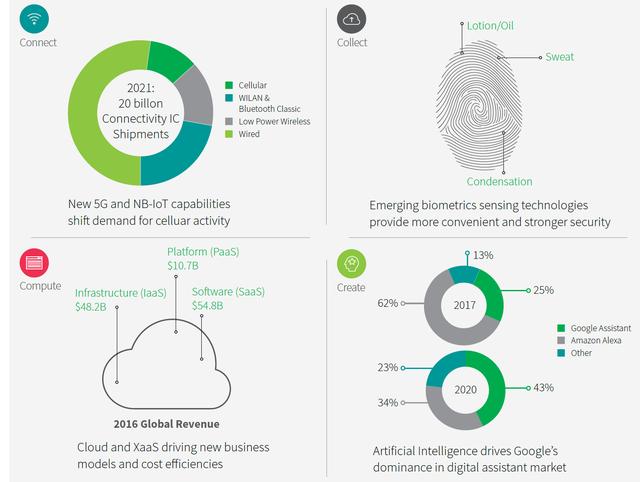
Figure 1. Four basic pillars of the Internet of Things (IoT)
- New connection for devices and information
- Increased data collection from devices and information connections
- Advanced calculations to convert collected data to new possibilities
- Create unique new interactions, business models and solutions
What key trends are driving the Internet of Things in 2018 and beyond?
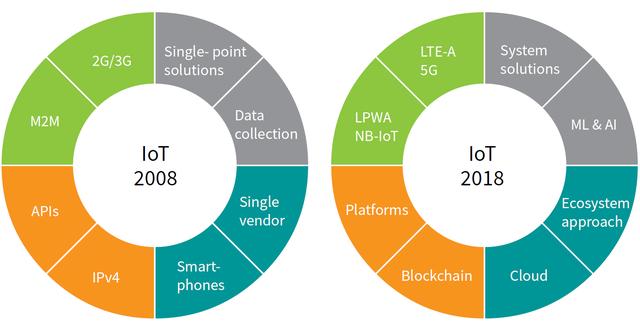
Figure 2, key technologies and trends in promoting the development of the Internet of Things in 2018 and beyond

Figure 3. Key Drivers of Internet of Things (IoT)
The Internet of Things (IoT) is not a new phenomenon, but more and more devices are connecting and becoming more intelligent.
Connect
Connect is the basic component of the Internet of Things (IoT). The Internet of Things (IoT) is an ecosystem about embedding connectivity and processing capabilities in the devices around us.
How many IoT devices will be connected worldwide in 2018?
Driven by building automation, industrial automation and lighting, the commercial and industrial sectors will create new connection devices that are closer to 50% of the number of connections between 2018 and 2030.
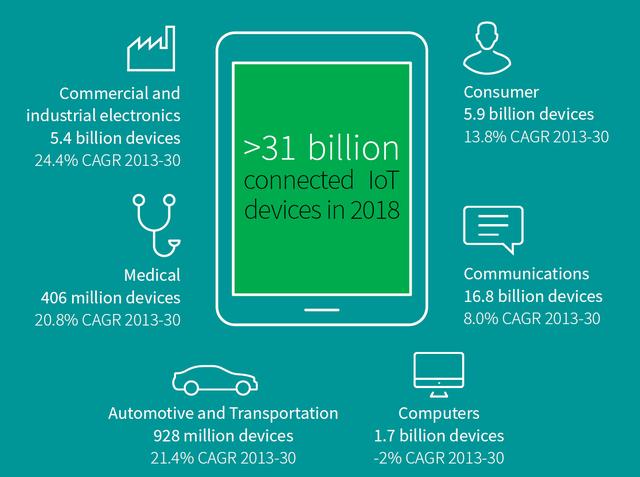
Figure 4, there will be more than 31 billion IoT connected devices in 2018
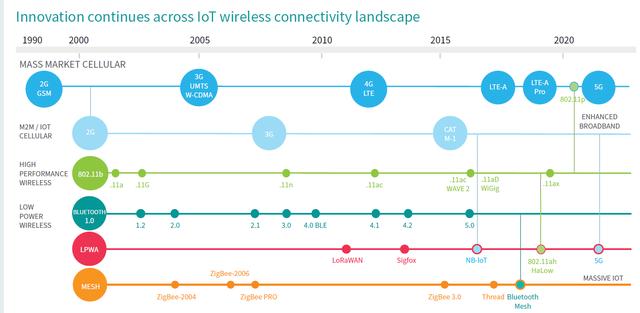
Figure 5. The Internet of Things (IoT) wireless connection technology continues to innovate
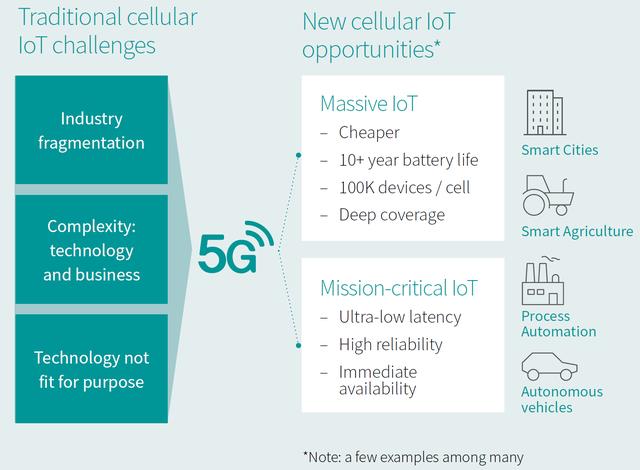
Figure 6 and 5G bring new opportunities for the development of the Internet of Things
Collect
Once connected, adding sensors and storage capabilities to connected devices enables unprecedented data and information collection on the physical environment.
How many IoT semiconductors will ship in 2018?
In 2018, more than 37 billion IoT semiconductor devices will be sold, and these semiconductor devices include only sensors, processors, and semiconductor devices in the connection category. And more than 90% of semiconductor devices will be used in communications, consumer and industrial fields.
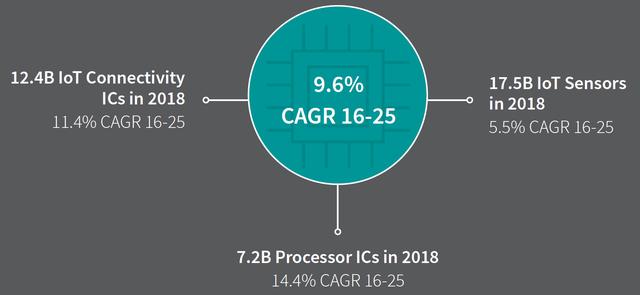
Figure 7. Future Internet of Things (IoT) will grow at an annual rate of 9.6%
Compute
Calculating, processing, and analyzing the amount of data generated by IoT devices requires edge processing and aggregation to be stored as part of a big data solution.
What level of growth will be driven by the transition to a service-based model in the cloud?
As the number of Internet-connected devices grows, in addition to the real-time processing power required to support these devices, the amount of data that is created and needs to be stored will also increase significantly. Because of its fast, scalable and efficient data center, cloud service providers can well meet this need. Cloud service providers are providing enterprises with a variety of data center services as a cost-effective solution for large scale, rapid digital transformation.
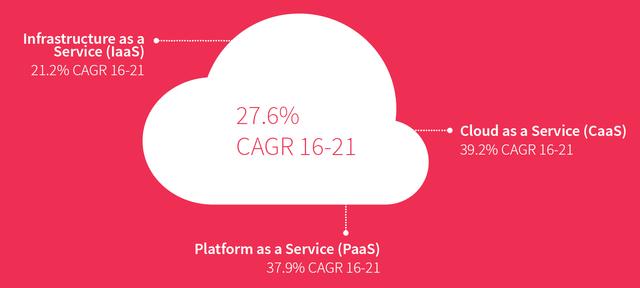
Figure 8. The future Internet of Things (IoT) will increase its processing capacity by 27.6% annually
Create
With the development of new unique solutions and the identification of emerging opportunities, creativity is the last and most important step in the four phases of the Internet of Things.
The following figure shows the growth momentum of the key IoT verticals:
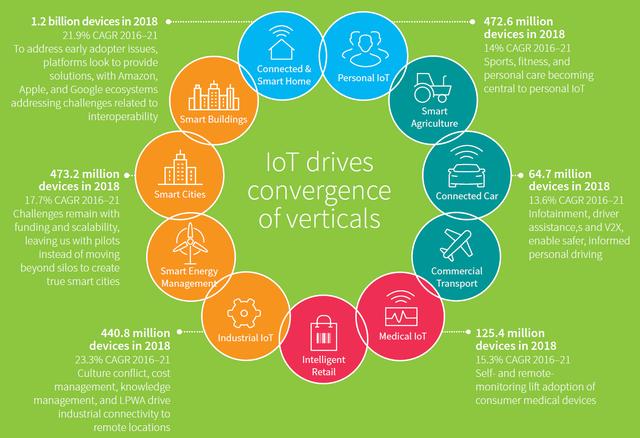
Figure 9. Key growth momentum of the vertical field of IoT
Thin film transistor liquid crystal display, commonly referred to as the TFT-LCD, is a type of liquid crystal display that USES thin-film transistor technology to improve the image quality. Although TFT-LCD is collectively known as LCD, it is an active matrix LCD used in televisions, flat screens and projectors.
Simply put, the TFT-LCD Panel can be seen as a layer of liquid crystal sandwiched between two glass substrates, the upper glass substrates being color filters, and the lower glass having transistors embedded in it. When the current passes through the transistor, the electric field changes and the liquid crystal molecules deflect, so as to change the polarization of the light, and then the polarizer is used to determine the light and dark state of the pixel. In addition, the upper glass is fitted to the color filter, so that each pixel contains three colors of red, blue and green, which make up the video image on the panel.
The Thin film Liquid Crystal Display is a type of most liquid crystal display that USES thin-film transistor technology to improve the image quality. Although TFT-LCD is generally referred to as LCD, it is an active matrix LCD. It is used in TV, flat panel display and projector.
I2C Tft Display,4.3 Inch Display,Lcd 4.3 Inch,Arduino 3.5 Tft Lcd
TONYA DISPLAY LIMITED , https://www.tydisplay.com
